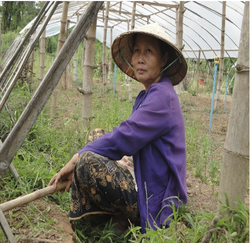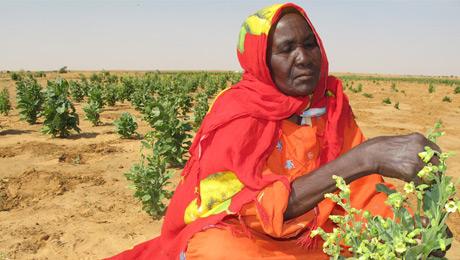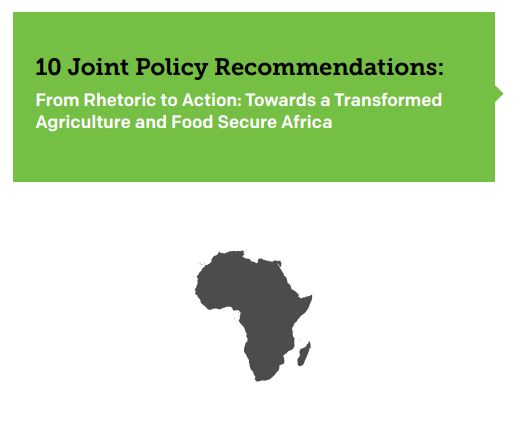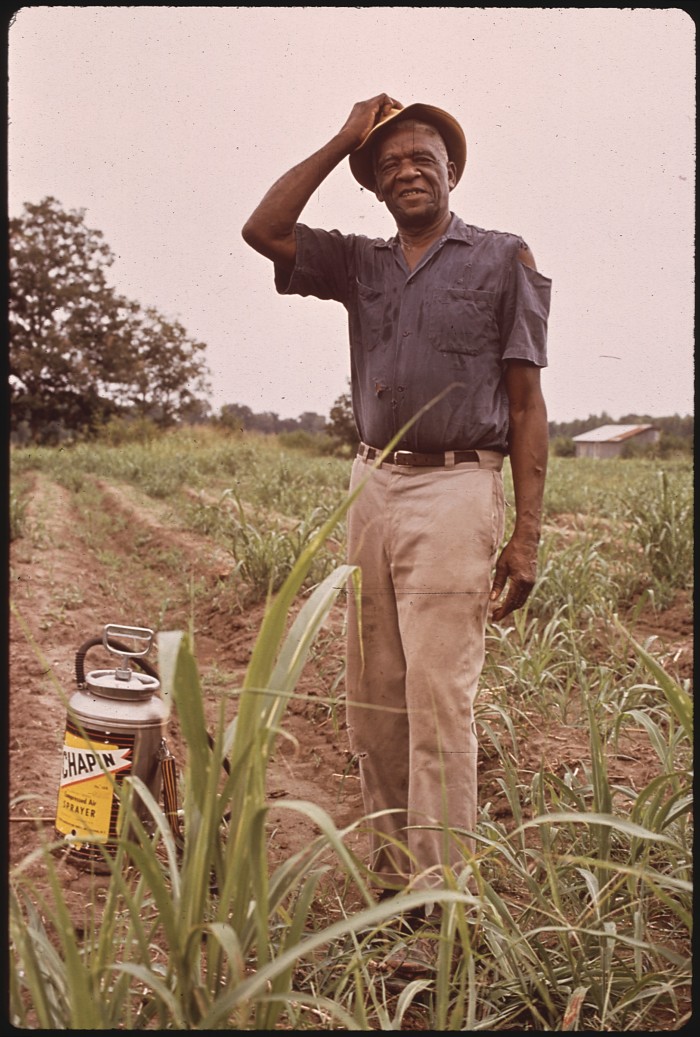Vietnamese households prosper more when women hold land title - study
When women hold land title in rural Vietnam, their households are more prosperous, poverty is less and capital investment levels higher than in households where a man holds sole title, new research has found.
While family economic security improves under private land titling regardless of gender, the benefits are more marked when a woman’s name is on the document than only a man’s, researchers at Rutgers and Brandeis University found.










